Or think of this as the first part of an intellectual exercise that will continue with an extended discussion in the next post. There are really only a few clues that decisively give away what format an image was shot on – and even then, many are lost merely in the process of preparing and displaying an image. This is because effectively every image captured has more information than we can view on most (common) output media. Yes, there are edge cases where the strengths of various formats/ systems (they’re not really separable) are necessary and make themselves seen, but those get fewer and fewer as technology improves as a whole. Curiously, what we photograph (i.e. the physical world) doesn’t change that much, if only because what interests us as humans doesn’t change that much…good luck with the guessing game! MT
__________________
Visit the Teaching Store to up your photographic game – including workshop videos, and the individual Email School of Photography. You can also support the site by purchasing from B&H and Amazon – thanks!
We are also on Facebook and there is a curated reader Flickr pool.
Images and content copyright Ming Thein | mingthein.com 2012 onwards unless otherwise stated. All rights reserved
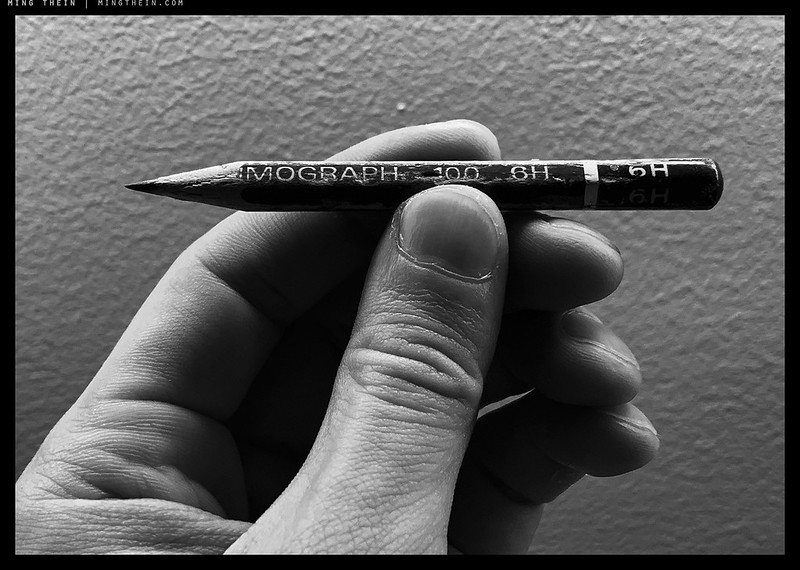

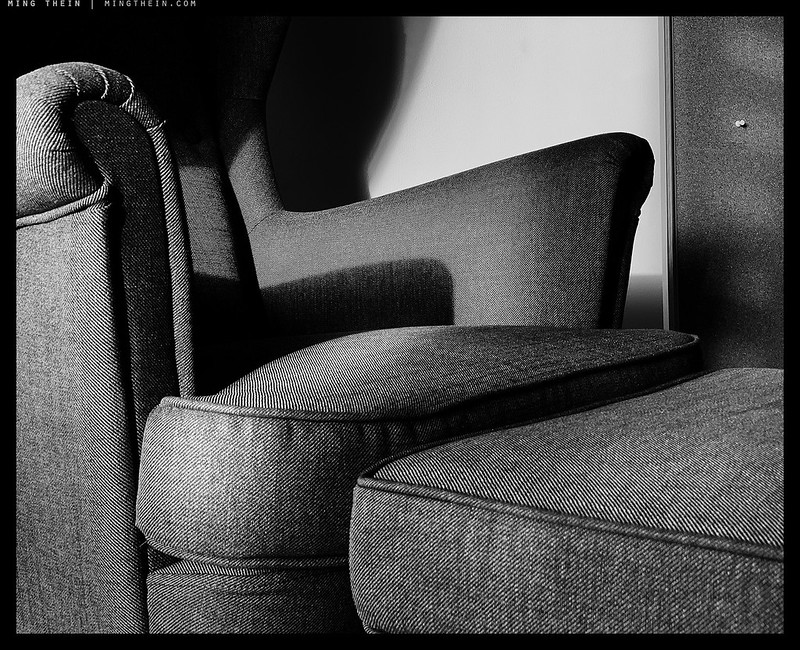
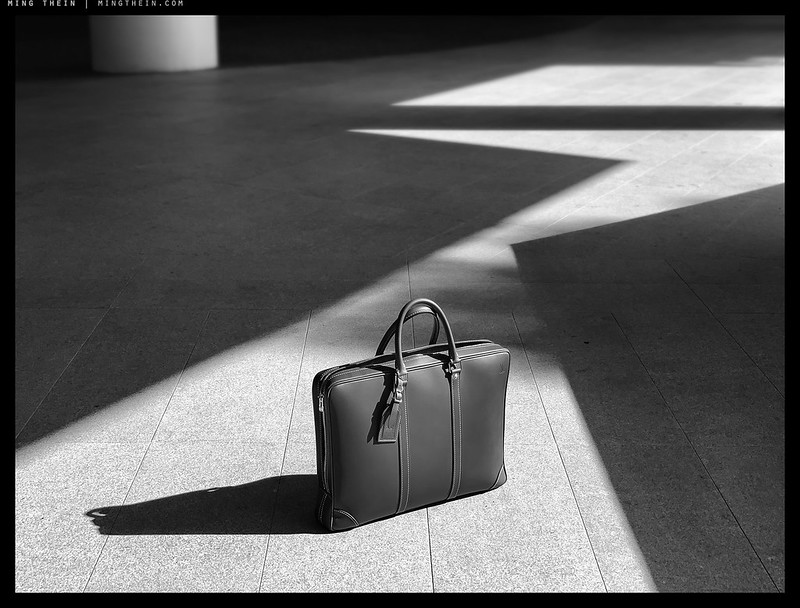
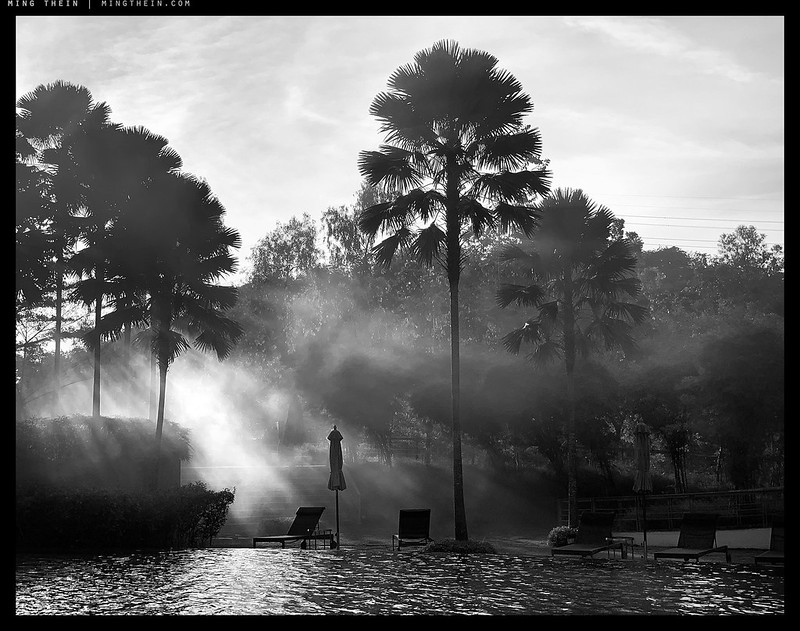
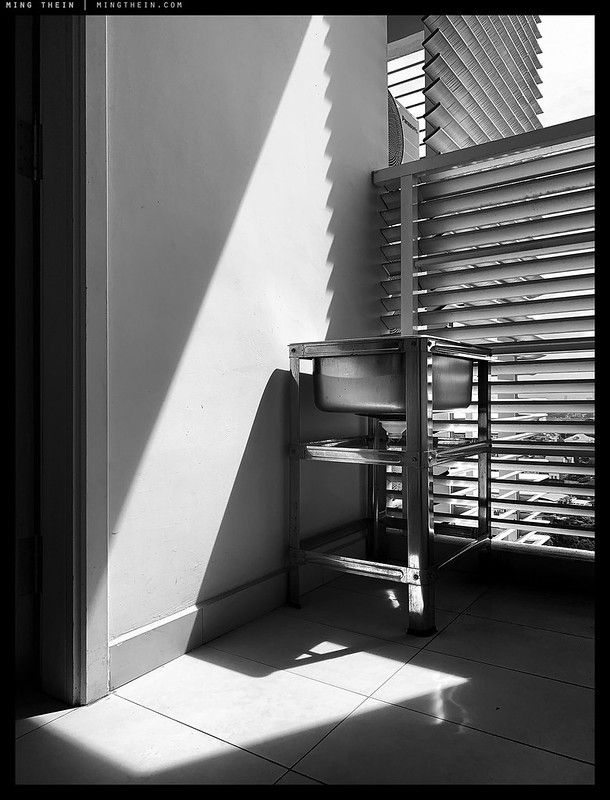
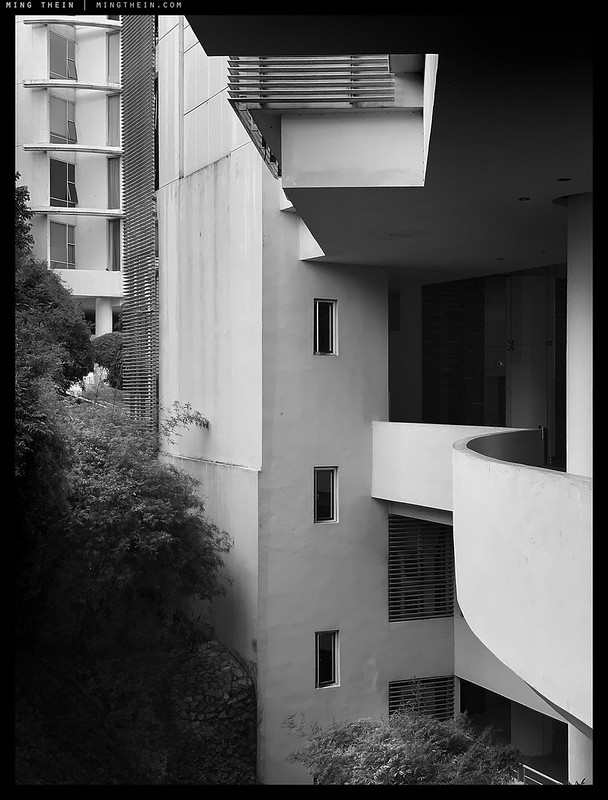
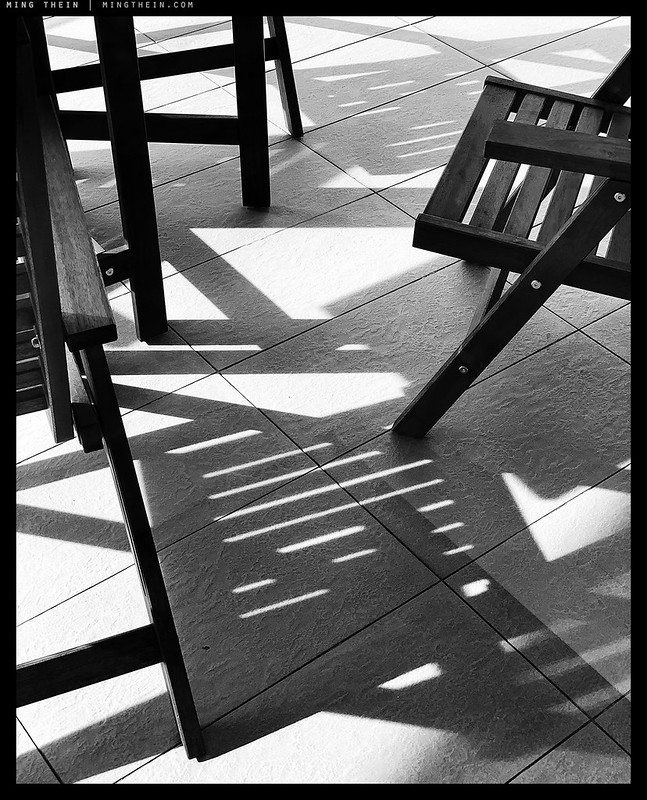

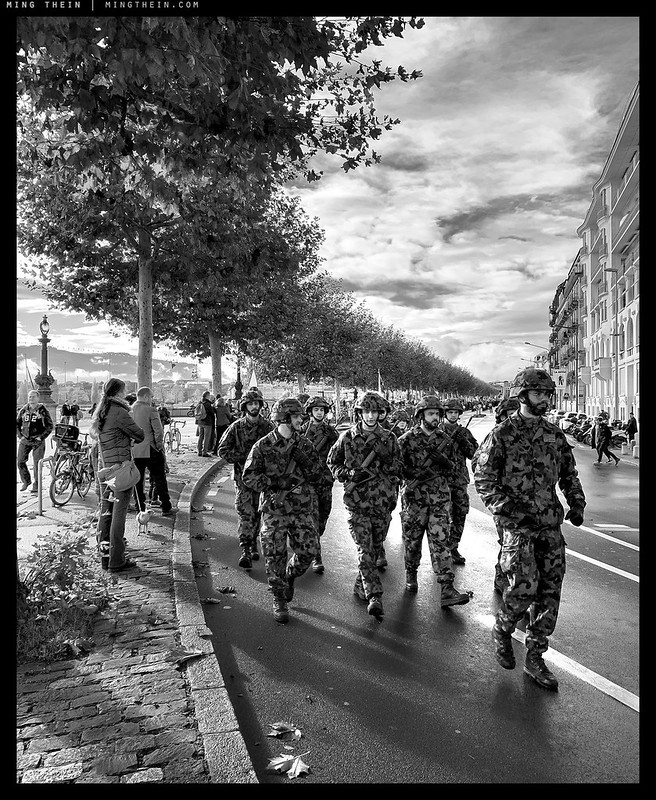

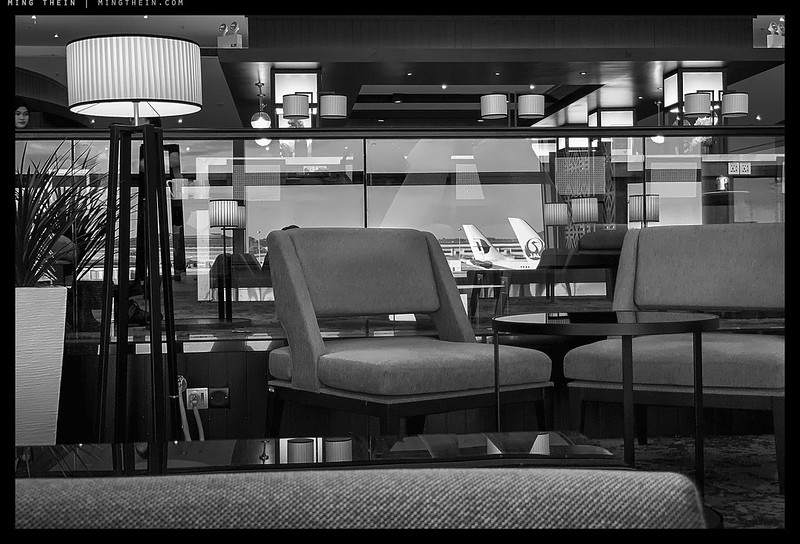







Does it matter what camera/format was used. As long as you are happy with the output for said image, it’s all good.
That was precisely the point, which most people didn’t seem to get. But it’s okay, one day I’ll eventually stop trying to force the horse to drink… 🙂
Is it all Micro 4/3rds camera? Olympus?
Nope!
So then if the next great camera consists of the guts of an iPhone X and the body of a Z7 it should satisfy sufficiency yes?
We’re already at and past sufficiency.
Right, so you get the point. There was a time, in the not too distant past, during your Hassey days, when you argued that MF high MP sensor was very nearly a panacea and almost all others could only be sufficient given the application. I remember being dismissed when challenging you on this assertion. Today there seems to be a more even and balanced approach to the subject. Now, I know you will defend/deflect your previous position on MF dominance, with an “all other things being equal” speech 😉 but really these two posts clear things up quite nicely (at least for me) 😉 it’s all good natured fun and you’re always appreciated.
It hasn’t changed; MF still rules if you have ability, need and output for it. Otherwise, fall back to sufficiency. I never stopped using other formats during the MF days, just as now I haven’t stopped using MF; it’s just that priorities and requirements (personally) have shifted in the last six months. If I was doing nothing but commercial work with an uninjured back – H6-100 all the way. But when you might not have time for images and you are trying to go as light as possible, then I’ll see how little I can get away with… 🙂
Noticed that as well Scott. Good to see this change even if his responses are a bit as you predicted.
That’s Geneva, right? What a lovely city. For the camera, hmm, if these were shot recently I’d say something like an iPhone 8. I suspect, though, they were shot a while ago and, looking at your older reviews, I’m going to guess with a Leica X1, Ricoh GR, or the original E-M5.
Yes, it’s Geneva, and I lucked out on the weather (in my experience most of the time, it’s grey).
As for the hardware: interesting that all of these things (with different sensor sizes) are put into the same category: which was precisely my intention. 🙂
4th shot from the bottom is indeed Geneva landscape. But I can’t place the Geneva tailor shown in the last shot though. Care to identify?
I honestly have no idea – all I know is it’s somewhere on the station side of the Mausolee Brunswick. Sorry!
Thanks.
An odd and oddly placed clothiers (not a tailor) comes to mind (your photograph does rather more credit to the shop than its physical self): somewhere across the street corner at the back of Hotel Richmond.
Location seems about right, at least from Google maps…
6×7 The render shows shades of Mamiya?
Fun article but the gallery itself could be more relevatory if every scene had been shot with a comparator camera at least two sensor format classes smaller or larger. In isolation it may be difficult to pinpoint any particular sensor format, but side-by-side against a comparator of enough format difference and the “format equivalence” argument evaporates.
Lastly, I’d argue that shallower DOF is the single most obvious sign of a larger format, but it takes wider apertures to demonstrate this. If we only look at f/8 to f/22 examples we aren’t likely to notice much difference between formats and particularly if a downsized output size erodes the microcontrast cues that might otherwise show up at full scale. Just my musings, thanks.
The point of the article isn’t to compare formats directly: it’s to show that you can still create the intent you are looking for independent of format. Photography is about images, hardware is merely a tool – but it’s so often forgotten on the internet that the last thing I want to do is start some pixel peeping comparison war.
At normally viewed sizes – ie web and mobile – the DOF/resolution/diffraction etc. issue is moot since it doesn’t matter (which was also part of my point). Not everything requires shallow DOF, and stronger compositions generally avoid it as very shallow DOF impairs your ability to include contextual background/foreground. It is a crutch too often relied on by people who don’t consider all of their frame.
Hi Ming, I agree with you fully.
Decades ago I was taking artist program and did charcoal and watercolour painting. The total emphasis was on art, not tools.I also had an interest in photography and there was a lot less emphasis on changing your camera out and more on seeing, glass investment when you needed it, and learning depth of field/shutter speed/ISO and so on. With the advent of digital and processing technology, anyone with no camera knowledge can at least take record shots that have good exposure and are generally focused even if they are low on the art scale. However, the web as reduced the value of competent journalism in all fields and now any armchair “expert” can spew incompetent information and generally the focus on the equipment and not the image.
I started going to 3 different camera clubs in 2008 and discovered when an images was shown all people wanted to know is; what camera did you use, what lens did you use, what were the exact camera settings. Back in my film days, I rarely got asked that. Nobody seemed to care at all about the art side of the images. I quit the camera clubs.
I then got invited to join an art group that consisted of painters, carvers and sculptors. It was a breath of fresh air. We were to bring something to each weekly meeting even if it was not finished. Everyone such encouraging and gave suggestions for improvement on your work. The painters did not ask what brand of brush another used or whether it was hand assembled by virgins using Siberian squirrel hair. Instead, they commented on what the painting communicated to them, what inspired the painter to paint it, what the painter was communicating, and so on. Similarly for other fields of art, no one discussed tools. They were amazing on looking at my 17×22 prints – they asked the same questions as if it was a painting-how refreshing.
Photographic art is about painting with light; about creating a compelling image out of chaos. The camera and glass are mere tools that help me achieve my creative vision. The biggest challenge I find today is finding a camera that becomes an extension of me like a brush. The haptics are so critical to this and the focus seems to to add 1000 features with so many buttons that I cannot remember where and what they do. I like to be able to take capture fleeting moments and intelligently modify the aperture, shutter, and exposure compensation as I lift the camera to my eye. The best camera I owned for this was the Leica SL but it was just too heavy for me after my car accident with the amazing 24-90 zoom on it. I have recently replaced it with the Hassy X1D and would have been a lot happier with the haptics if they had put a aperture ring on the lens ( and a more natural curve at the shutter release) but hey, the image quality is so gorgeous – and I do prints that are up to 17×22 and have been in galleries so I am using the sensor – and hell it just plain inspires me to take better pictures and be more careful on shot discipline. I also just purchased the Leica Q-P (even though I knew a new model is coming out, but this is way more than adequate) for street and carry all the time and it has the most perfect haptics for me and I love the image rendering. I also use an Panasonic G9 system for zooms and certain primes because the glass is amazing and I have managed to set the camera into a relatively simplistic mode for easy control of f/stop, shutter, ISO, manual/auto focus select, exposure compensation. I try to find glass that delivers the rendering I am looking for and the is the challenge as most reviews focus on the wrong thing: specs instead of rendering at different subject distances and various lighting and various background types. So usually, I end up taking a risk and trying glass and then reselling it if I do not get a satisfying rendering. I then pick a lens for its rendering as one would use brush. It in combination with a camera is merely a tool to achieve my artistic vision-the tool relatively minor in that process. I create the art not my tools. If the camera was so important – it would get the credit for the art, not me – however, I know it is me creating my images and the real joy of photography is having fun and creation. I resist buying new cameras as this is my hobby and it would take me too long to develop familiarity, muscle memory, and processing differences – and usually there is no practical image capturing difference.
Two things have driven the gear obsession: rapid changes in technology in the last 10 years or so (not so much now) did make a huge difference to your shooting envelope and capabilities; and the internet has enabled a lot more measurbating. Without enablers: the only thing you can do is shoot. As for finding the right ‘brush’ – it’s a vicious cycle; people buy based on spec so manufacturers try to cram more in rather than making what they have work better, more intuitively or more reliably.
Curiously, you never hear a painter being asked what brush or brand of paints they used… 😉
A good tool is nothing more, nothing less. And it might be something very unexpected (I use my phone a lot, for instance, and make images I probably would not have done otherwise). It is transparent and gets out of the way. You, I, and others know that the equipment search is often motivated by this, or by a tool that has the right capabilities for a particular project – but this is impossible to understand for those who never spent time developing the vision part. I can try to keep shouting this every so often – but even then it gets misinterpreted into being gear-motivated rather than trying to make an important point…
What a brilliant comment! I’m keeping a permanent copy, to slap down “pixel peepers” and “gear freaks”! 🙂
They look like small sensor photographs to me. Either that or the postprocessing is less than ideal. They have that “crunched up”, for lack of better term, look. The helmet and reflection images (also the briefcase) look almost like they’ve been done with another camera. Presumably the dynamic range and tonal transitions in the subject are within scope of the gear.
With the risk of offending and making an arse of myself I think they aren’t very good. The listed exceptions are a bit better though.
Looked like they are from cell phones nowadays.
One thing’s for sure, our beloved narrator could use a many-pedi push those cuticles back and expose those nail beds lol. This exercise was fun … I am left to wonder if there is there an end game to these recent sensor gymnastics? For me these recent sensor posts solidify my believe that unless your shooting billboards, just about any of the new cams will help you make a fantastic photo. I shoot primarily with an A7R III instead of an D850 because I must have totally silent shutter combined with 2 card slots. But I also enjoy my EM-1 II 300MM rig for the great outdoors. I will not hesitate to switch it up when Canikon delivers what I need. Or who knows, a Panny SR might be in my future. Sure is a fun time to be a GAS’er 🙂
The endgame is knowing what you need (and why) – and then picking the best tool. Nothing more, nothing less…
Oh well then it’s no good for me … I NEED IT ALL! LOL 🙂
>>You touch on another important point though: a tool you need is never going to do as much for you or motivate you to go out with it as a tool you want. And that motivation alone can make a huge difference – bring it or not, experiment or not, and most importantly: shoot or not.<<
Brilliant! I sent it to my 'email photo exchange' group.
🙂
Aspect ratio makes me say m4/3 or iPhone, but these could be taken with anything really. The images look more like normal focal length than wide angle, and #4 looks like something iPhone couldn’t pull off DoF wise. Maybe with computation, hard to say. So my guess is m4/3, maybe the PEN-F. But if anything, these all scream Ming Thein. 🙂 Great work as always.
Thanks, and goal achieved: the image comes first.
By the way, medium format is also 4:3 aspect 😛
I ruled medium format out because of the pencil shot, something about close focus and thinking you were hand-holding the camera in your other hand made me say nay. But maybe I was assuming way too much. 😊
Tripods exist too 😉
Hi Ming, I will not try to guess format – I get purpose of article – but I prefer to enjoy the magic of your images! The helmet image is surprisingly, for me, captivating and reminds me of the famous H&M’s image of a pepper. You certainly have a mastery of all formats! Thanks for this inspiring post which probably is intended to point out that equipment is the least factor in the success of images in general. Cheers, Brian
I just relooked at post and need to turn off auto correction on my phone . I do not know where H&Mcame from but I will test your or the reader’s knowledge of famous B&W images. Now, to turn off autocorrection. By the way, I love me recent purchase of an X1D and it has the first AWB that I do not find often faulty and the colours are so natural and are not easily distorted by contrast adjustments. Hoping your health is improving.
I assumed you meant EW, though H&M selling famous photos would be another thing entirely!
AWB/ X1D: it could still be better, but yes, color from any Hasselblad is quite special in its neutrality; to present I still believe the are the only camera with individually calibrated sensors (there are always differences in the CFAs etc that are enough to make a visible difference in output).
Good, I’m not sure everybody does – but to try and reinforce photography is about images and not cameras, I still have to keep posting these things 😛
Wasn’t it you, starting this game?😜
Yep – with admittedly ulterior motives 😂
Kind of a trap, testing who learned the lesson?😂
😉
Let it never be said I don’t try to be educational here…
I’ll give it a far-fetched shot: Acros “scanned” with D800E. 😀
C’mon Ming! Now I have my Hassy you are preparing me such pains! Btw the Hassy is good – too good. But still, I am happy. Just wanted it for 45 years… 🙂
🙂 Make sure you do some big prints with it: it won’t sing with full voice even on a 4K monitor. Websize like this is like driving a Porsche at 10km/h!
You touch on another important point though: a tool you need is never going to do as much for you or motivate you to go out with it as a tool you want. And that motivation alone can make a huge difference – bring it or not, experiment or not, and most importantly: shoot or not.
Thanks Ming! Interesting: I do not have any bad thoughts, just wanted to make a little joke. But you hit the point in both senses: Motivation (although I did not need it, but it does not hurt) and a practical tip as to „how to“. I certainly have no quibbles and look forward to the trip in may with tripod and big prints after.. Will need less sticking. 😃.
Btw. I am surprised how different the handling is. With my Nikon I do not have to think about it, With Hassy I have to train at home to be prepared. Mainly with older CF lenses (affordable) and adaptor. „Hassyphilosophy“ or more of „EV thinking“ maybe. Great camera!
Actually, I found it to be more intuitive than the Nikon with the H native lenses…there just aren’t so many things to set up and remember, and the ergonomics benefit from the larger body…
Beautiful photos. After doing some experiments I find it almost impossible to identify which sensors sizes were used for images taken in good light which are shown on a laptop computer, where the image I’m looking at is probably one megapixel or less. I can generally tell m43 from APS-C from full frame on an 8×10 print. (I’ve made a lot of them to check this). So can my wife, and she has no interest in photography. Above ISO 1000 or so the differences become easier to see, but I’m sure I wouldn’t be right all the time there either since image quality clearly depends on the nature of the light, the quality of the lens, focusing, shutter speed, etc etc, as well as sensor size.
Also as you have discussed before, the changes in photograph viewing from mostly prints to mostly digital has made the question of how much image quality most people ‘need’ very confusing.
Exactly: the bigger the output, the more obvious the difference (assuming the image/photographer uses the full potential of the sensor). But at most output sizes: there’s very little difference.
I still have to periodically post things like this to rid people of their gear obsession and remind them photography is about images/ideas/compositions, but judging from some of the comments – it isn’t working 😦
To me, one of the best clue is the sky, especially with a lot of clouds. It seems that small sensors are unable to reproduce clouds properly.
I suppose it is due to a limited dynamic range?
Sometimes you also get very, very high contrast clouds that are outside the abilities of larger sensors…
As I’ve spent today shooting most of my photos with an iPhone 7 plus, I like what you’re doing here.
And the fifth picture, with the light beams coming in from the side, is spectacular.
Thanks!
or Nikon Z 7 … or anything else 🙂
And *that* is precisely my point 🙂
olympus e-30?
Picture 1: iPhone, picture 2: iPhone, picture 3: iPhone, picture 5: iPhone, picture 6: iPhone, picture 7: iPhone, picture 8: iPhone, picture 9: iPhone, picture 10: iPhone, picture 11: iPhone, picture 12: iPhone, picture 13: iPhone, picture 14: maybe Huawai? Damn, i forgot picture 4: Could it be taken with a – iPhone? 😀
I would ave guessed WF III for small sensors. I am unaware about your WF for JPEG OOC.
But given the conditions here, it is impossible to tell which format is what. Normally one could differentiate by knowing how DOF and way of highlight clipping generally outcome from the different formats. As I hardly see any difference here it could only be determined by the show of noise is shot in the same light, which it is not. So it is just a guess an I am not good playing lotto 🙂
show of noise if shot in the same light … (Typo)
The SOOC JPEG experiments were with the PEN F and of late, Z7. DOF can be increased on large sensors, or decreased on small ones, with the right shooting parameters. And finding the right light/ subject renders the technical properties less relevant if they are used properly…
The img is a dead giveaway. Its a Canon, possibly given ur gear headed interest , the Canon RP ? Ha ha
“Gear headed interest”? Might I suggest you read the previous article, note that composition is independent of format, and that I can and have regularly used everything from large format to an iPhone…?
ok..after reading that previous article and inspecting these flickr images again. The loss of details at the sea, buildings and sky”s dynamic range of the marching band guys, my vote goes to a phone. Maybe a Huawei with a 1/1.7 or any of the latest phone.
Strange,
I prefer 6B for drawing…
🙂
Sorry, wrong place!
Cartier-Bresson picked up drawing in his old days, calling it the father/mother of all visual art.
I’m not that good. I tried but really, I don’t want to blind people…
iPhone.
All the shots from the same camera and one lens?
Yes they are.
Ricoh GR?
Remarkable! Well done indeed.
I really enjoy your photo selection!
( Impossible to find favourites – and shadows *are* fun!)
( – now taking a rest in my equivalent of #3.)
Haha thanks!
That pencil reminds me of one of my favourite children’s books,
The Magic Chalk (Trollkrittet) by Zinken Hopp:
A boy finds a piece of magic chalk, and a strange thing about it is that it’s sharpened at the other end.
( This significant detail is, sadly, missing in the English translation.)
It turns out that whatever is drawn by this chalk turns alive…
– – –
As this quiz is probably as hard as that pencil (6H), I’m not going to guess.
That pencil is so hard I used it for two years of art class in high school and still have it til today; it gets sharpened perhaps once every two years, but used fairly regularly.
Strange,
I prefer 6B for drawing…
🙂
What about charcoal?
No, JPEG 😂
All very excellent. Thanks. Which of your workflows did you use for the b&w conversions?
Thanks. This set – Monochrome Masterclass. The images predate my use of tuned camera jpegs…